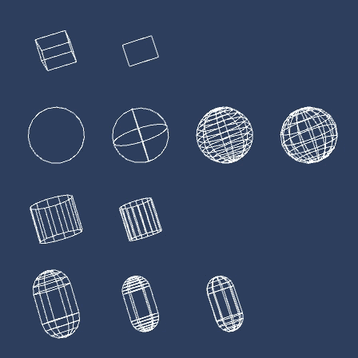This post is part of my Game Programming Series.
The source files for generating the animations in this post are on GitHub.
本文之中文翻譯在此 (by Wayne Chen)
Timeslicing is a very useful technique to improve the performance of batched algorithms (multiple instances of the same algorithm): instead of running all instances of algorithms in a single frame, spread them across multiple frames.
For instance, if you have 100 NPCs in a game level, you typically don’t need to have every one of them make a decision in every single frame; having 50 NPCs make decisions in each frame would effectively reduce the decision performance overhead by 50%, 25 NPCs by 75%, and 20 NPCs by 80%.
Note that I said timeslicing the decisions, not the whole update logic of the NPCs. In every frame, we’d still want to animate every NPC, or at least the ones closer and more noticeable to the player, based on the latest decision. The extra animation layer can usually hide the slight latency in the timesliced decision layer.
Also bear in mind that I will not be discussing how to finish a single algorithm across multiple frames, which is another form of timeslicing that is not within the scope of this post. Rather, this post will focus on spreading multiple instances of the same algorithm across multiple frames, where each instance is small enough to fit in a single frame.
Such timeslicing technique applies to batched algorithms that are not hyper-sensitive to latency. If even a single frame of latency is critical to certain batched algorithms, it’s probably not a good idea to timeslice them.
In this post, I’d like to cover:
- An example that involves running multiple instances of a simple algorithm in batch.
- How to timeslice such batched algorithms.
- A categorization for timeslicing based on the timing of input and output.
- A sample implementation of a timeslicer utility class.
- Finally, how threads can be brought into the mix.
Continue reading →



